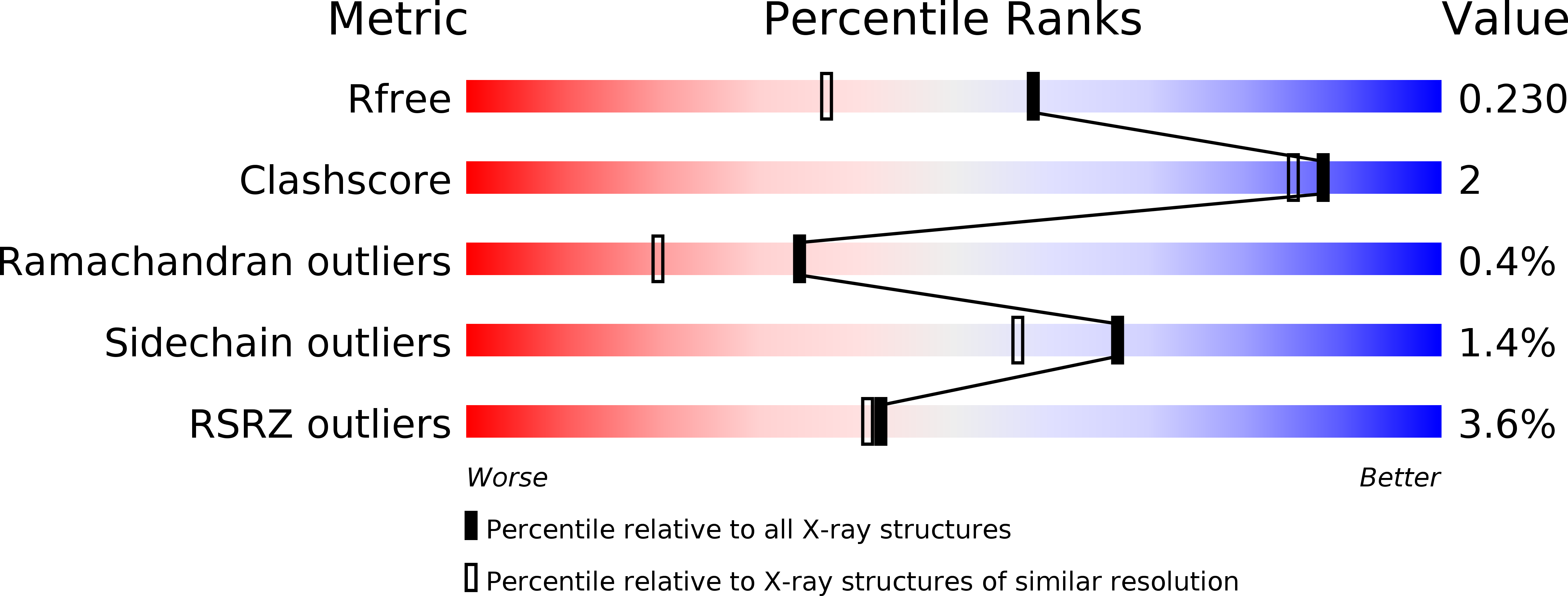
Deposition Date
2014-04-24
Release Date
2014-09-17
Last Version Date
2024-03-20
Entry Detail
PDB ID:
4Q77
Keywords:
Title:
Crystal structure of Rot, a global regulator of virulence genes in Staphylococcus aureus
Biological Source:
Source Organism:
Staphylococcus aureus (Taxon ID: 282458)
Host Organism:
Method Details:
Experimental Method:
Resolution:
1.77 Å
R-Value Free:
0.21
R-Value Work:
0.16
R-Value Observed:
0.16
Space Group:
P 1 21 1


